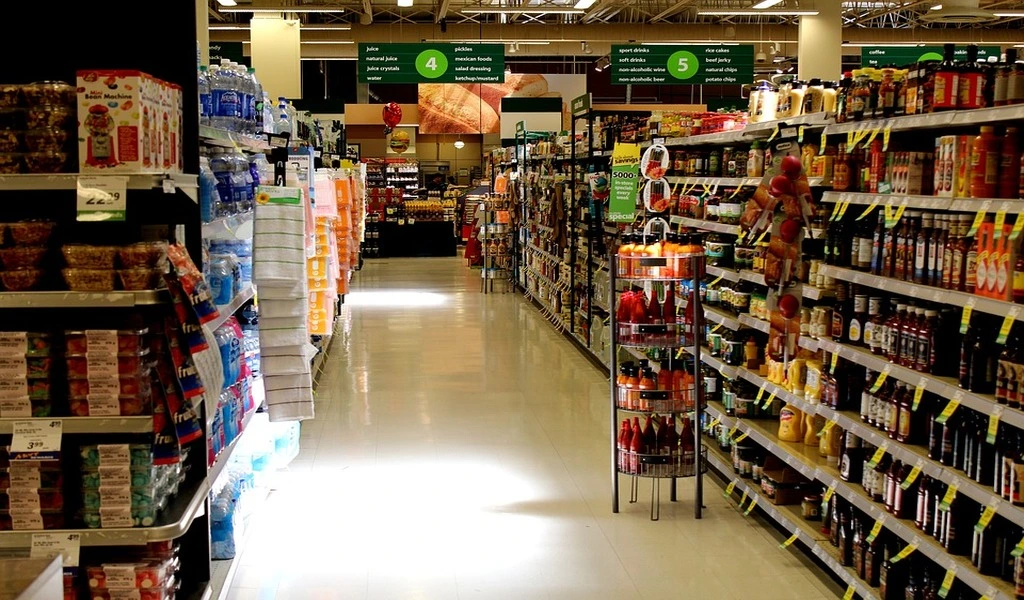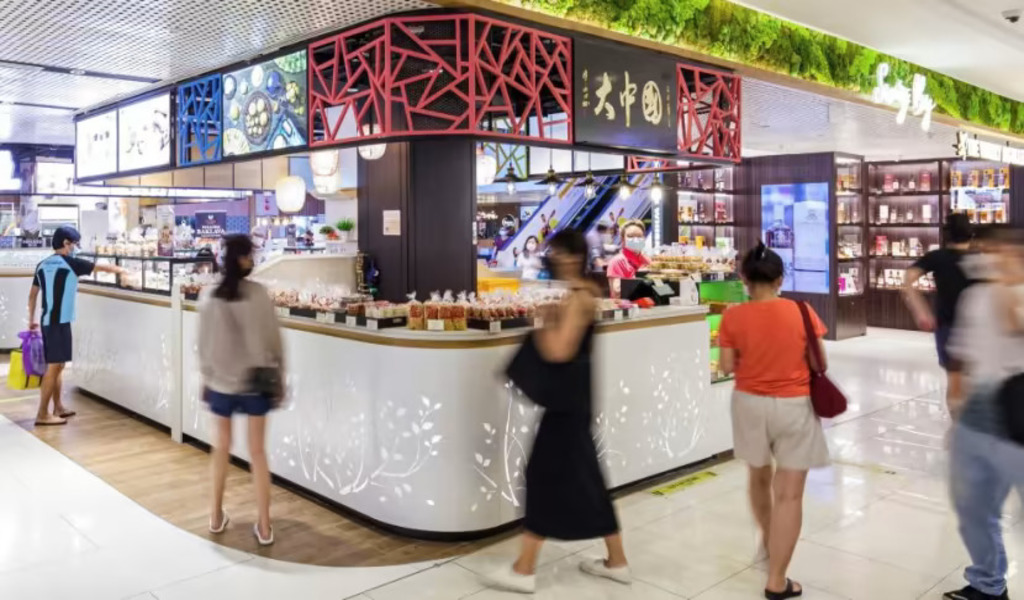Legal
The Ultimate Guide to Retail Store Display Fixtures

What is the layout of a retail store?
A retail management strategy includes a retail store display fixtures such as used Lozier shelving. It alludes to the plan of a store floor plan and the situation of presentations and installations expected to impact clients’ encounters, developments, speed, ways of behaving, and buy choices.
It utilizes space the executives strategies to advance deals per square foot, functional expense proficiency, and benefit.
A store design system likewise includes setting comparative item classifications and related things near one another to create extra cross-classification or cross-brand deals.
It aims to elicit positive feelings and attitudes so that customers are more likely to buy. By strategically locating high-value items, exits, and security stations, good store design can also help prevent shoplifting.
What Are the Parts of a Retail Layout?
A retail layout plan is the starting point for designing a retail store. It covers different parts of store plan and shop arranging with the accompanying key parts:
Merchandising Space a layout should include plans for the quantity of merchandise required to display a sufficient amount of stock. The kind of displays and fixtures needed and where they should be placed will be easier to determine if these requirements are known.
A crucial factor in product visibility and overall desirableness is allotting the appropriate amount of shelf and display space.
Two major factors that influence merchandising space planning are an item’s strategic importance to your business and its velocity. The store’s inventory purchases, sales, and financial objectives are all influenced in a dynamic way by these considerations.
Condition of the Facility
Frequently, you must work within the confines of an existing facility with little to no control over where doorways, outlets, pillars, and natural lighting are positioned. As a result, you must incorporate them into your store layout and even use them as opportunities to improve customer satisfaction.
To determine where these components are located, consult a current and precise plan. Make the most of them by understanding how they affect the space’s quality.
Support pillars, for instance, can help direct traffic from one area of the store to another and have an impact on where fixtures and displays might be placed.
Display and Display Fixtures
When referring to a retail store’s merchandising vessels, the terms cigarette shelf “fixtures” and “displays” are frequently used interchangeably. However, in a store layout, they actually serve two distinct purposes.
The term “fixtures” refers to fixed pieces of furniture or equipment that are put to use for displaying goods or improving a space’s functionality and atmosphere.
The layout of a store will be based on these units, which are anchored in place. Models incorporate fixed racking units, end-covers, checkout or show counters, directional signage, the best electronic message centers, lighting, etc.
Retail displays, on the other hand, are separate from fixed store installations and are less long-lasting.
These units are made to be moved around and changed to meet changing merchandising requirements. In order to draw customers’ attention to the products, these units typically incorporate visual branding elements.
Gondola displays, point-of-purchase (POP) displays, platform units, nesting tables, sidekick displays, and a variety of other designs are examples.
Customer Flow
A customer’s typical path through a store is known as customer flow. The majority of customers enter a store, turn right, walk counterclockwise through the space, and then leave on the left side of the entrance.
The layout of your store should allow customers to move at a pace that encourages both browsing and purchasing. By strategically arranging store fixtures and retail displays, a store layout can assist in customer flow management.
You can effectively direct customers through your merchandise selections and toward the checkout area, if done correctly, to increase sales, reduce customer frustration, and maximize staff utilization.
By observing customers in your store, analyzing purchase data, and reviewing time-lapse videos from in-store cameras, you can get a sense of how customers move through the space.
Checkout Areas
Your checkout area is more than just a place museum display case where the cash register is. It is the final opportunity to upsell a customer. This region ought to integrate hasty purchase things for clients to peruse as they hold back to pay. There are various checkout styles to think about:
Lanes for Checkout
This conventional layout has multiple lanes where customers can pay with the assistance of a cashier. It’s generally expected utilized in supermarkets and large box retailers.
Cash wrap / Checkout counter
This layout has one or more registers on a single counter. It is most prevalent in smaller retail establishments like garden centers and pharmacies.
Customer Queue
This layout shows where customers should line up to wait for the next cashier. It frequently features products that people buy on impulse. It is mostly used in medium-sized specialty shops and department stores.
Self-service kiosk
This design has a small, freestanding structure that lets customers handle their own business. It is frequently utilized to enhance customer satisfaction and operational effectiveness.
At the end of the customer journey, locate the checkout area. The majority of the time, this will be close to the store’s exit; however, some layout types will benefit from having it more at the center of the store.
To prevent shoplifting and make it easy for customers to locate, the checkout should be prominently visible wherever it is located.
Related CTN News:
Chang Beer: Exploring The Refreshing Taste Of Thailand
How To Become A Lawyer: A Comprehensive Guide For Aspiring Legal Professionals
How Would I want to Enjoy JINRO Soju the Most?






























